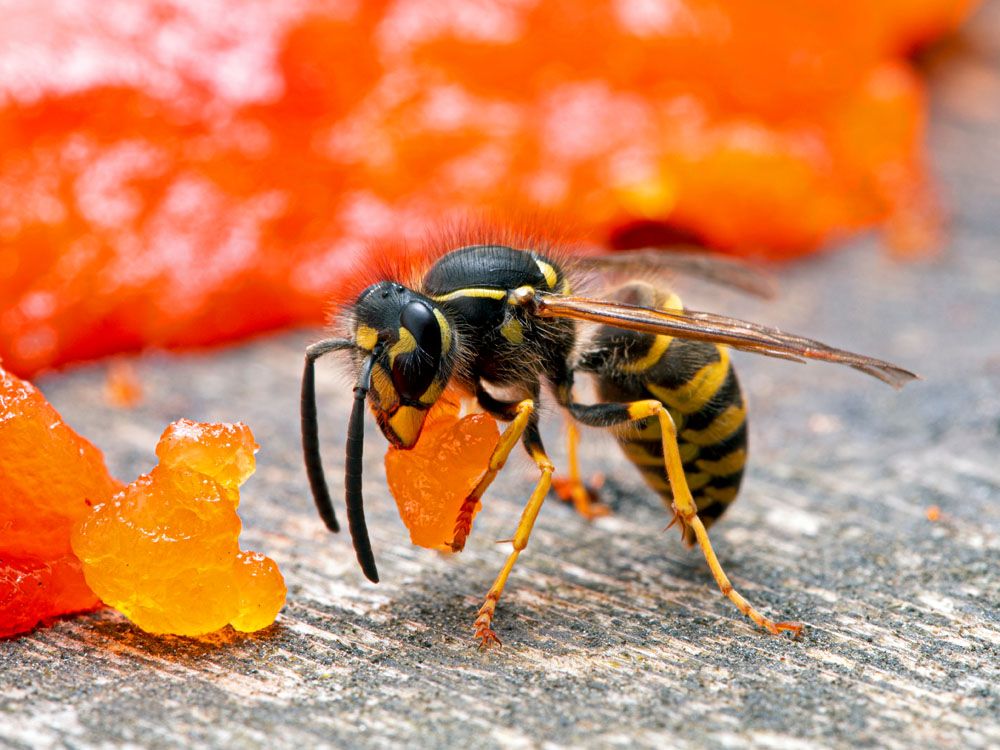
Western Yellow Jackets – Vespula pensylvanica
Western Yellow Jackets: Appearance, Territory, Damage and Life Cycle
Latin Name: Vespula Pensylvanica
Appearance: Vespula pensylvanica, sometimes known as the western yellowjacket, is a Nearctic wasp in the genus Vespula. It is indigenous to North America, primarily in northern temperate zones. Cold weather limits its reproductive activity, which successfully lowers the population of western yellowjackets during the cold months. However, in the absence of cold weather, the population of this wasp might grow. The western yellowjacket has grown very aggressive in the Hawaiian Islands, earning it the moniker “major pest.”
Hosts Plants: Fruit trees are very certain to attract wasps, particularly paper wasps and yellow jackets. This is due to wasps’ fondness for sweet foods, and they would swarm around trees with ripe fruits to gorge themselves on juice. Yellow jackets are excellent at eating caterpillars and other pests on your plants if you have a garden in your neighborhood. A yellow jacket colony only forages about a mile from home to seek food, so if you see them regularly, you’re probably near their colony, or nest.
Territory: V. pensylvanica is a ground-nesting social wasp endemic to western North America. Even within its natural habitat, this species may be a nuisance, with occasional outbreaks linked with warm, dry springs every 3 to 5 years.
Damage Insect Cause: The yellow jacket is prevalent throughout North America and is extremely dangerous. Yellow jackets may sting and bite, and their stinger does not wear off. Their stingers are smooth, and they may be removed and utilized to sting again and again. Some yellow jackets make nests in the ground, while others hang from trees. These vexing and hazardous parasites will frequently build their nests in decaying wood, employing a variety of plant fibers. Once the yellow jacket season is through, the nests will rot and degrade, further damaging the wood.
Life History and Habits: Yellow jackets have four life stages: egg, larva, pupa, and adult. The yellow jacket colony will only exist for one summer. The queens will leave to establish new colonies. The last of the survivors perish at the conclusion of the season. Yellowjacket nests often endure only one season before dying off in the winter.
